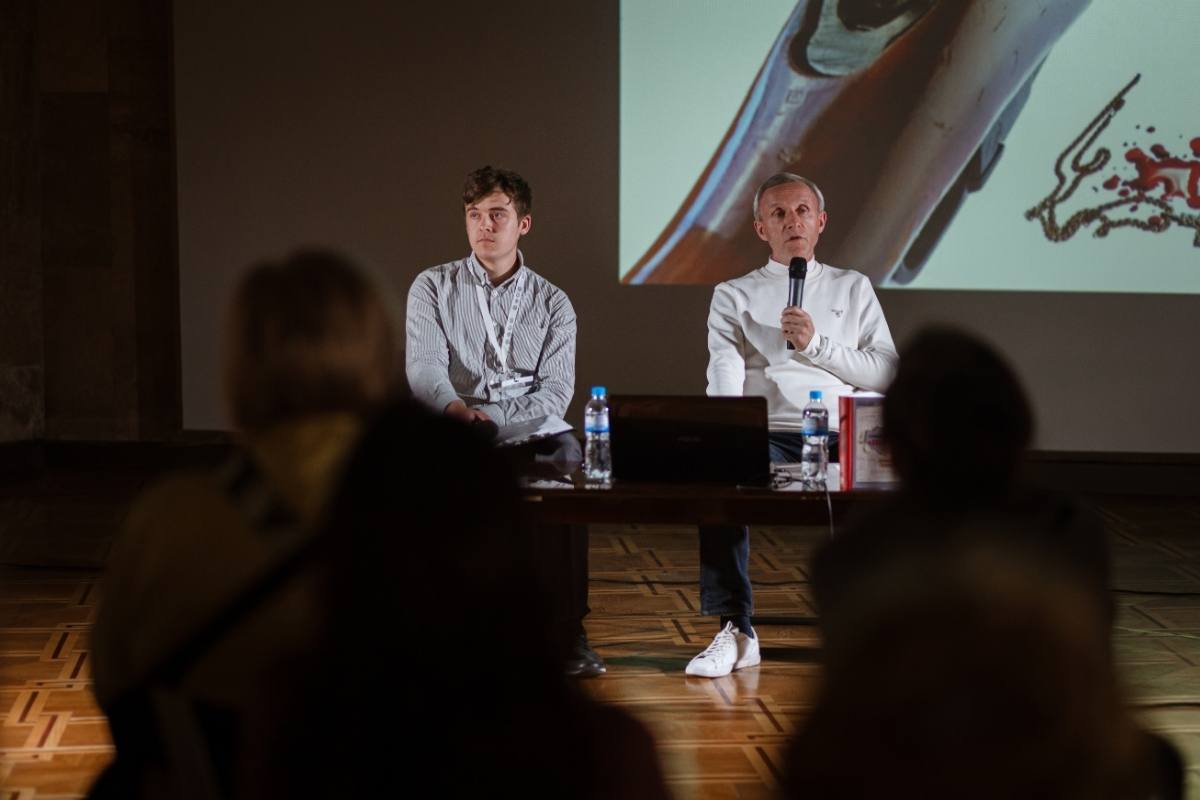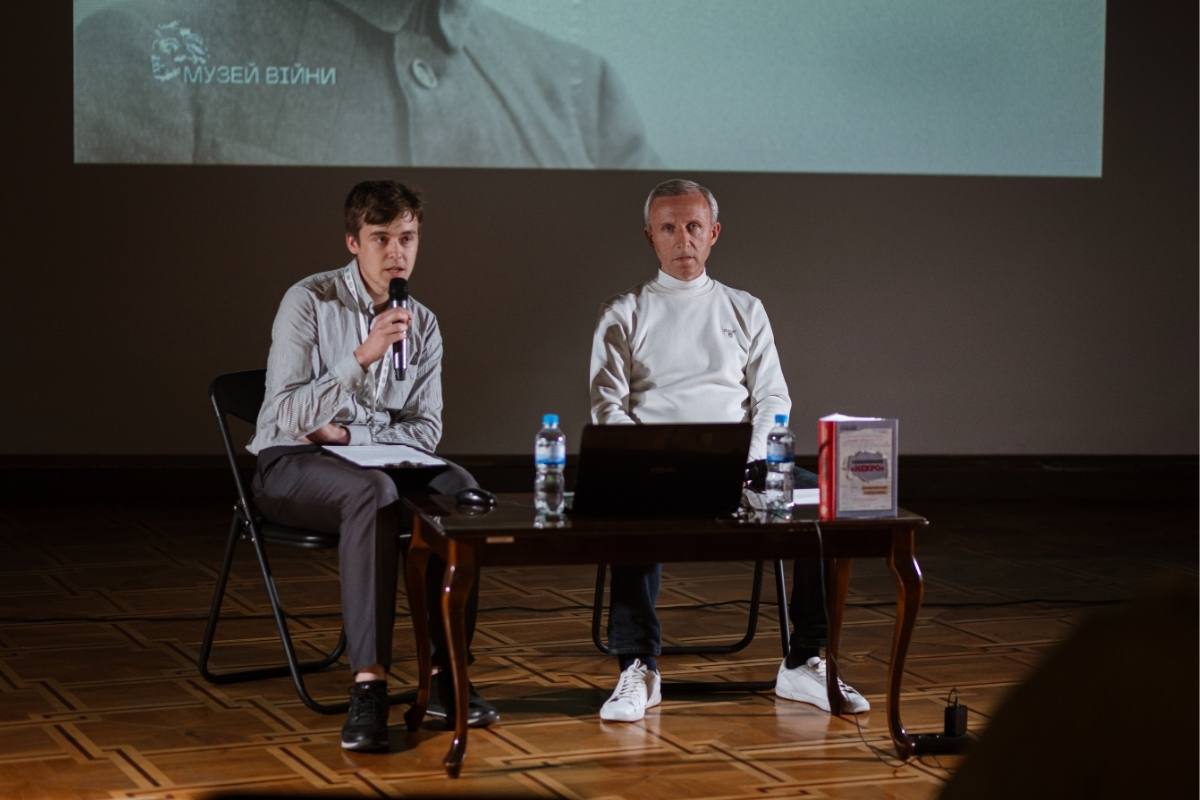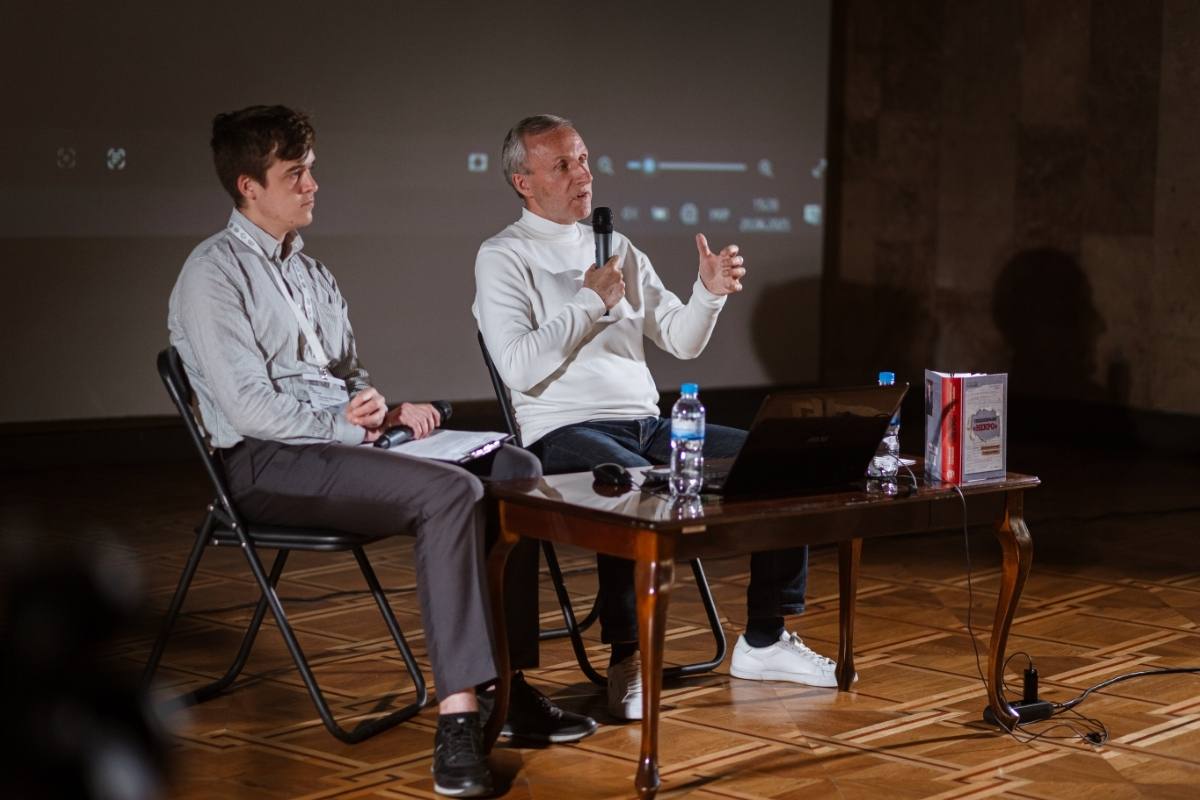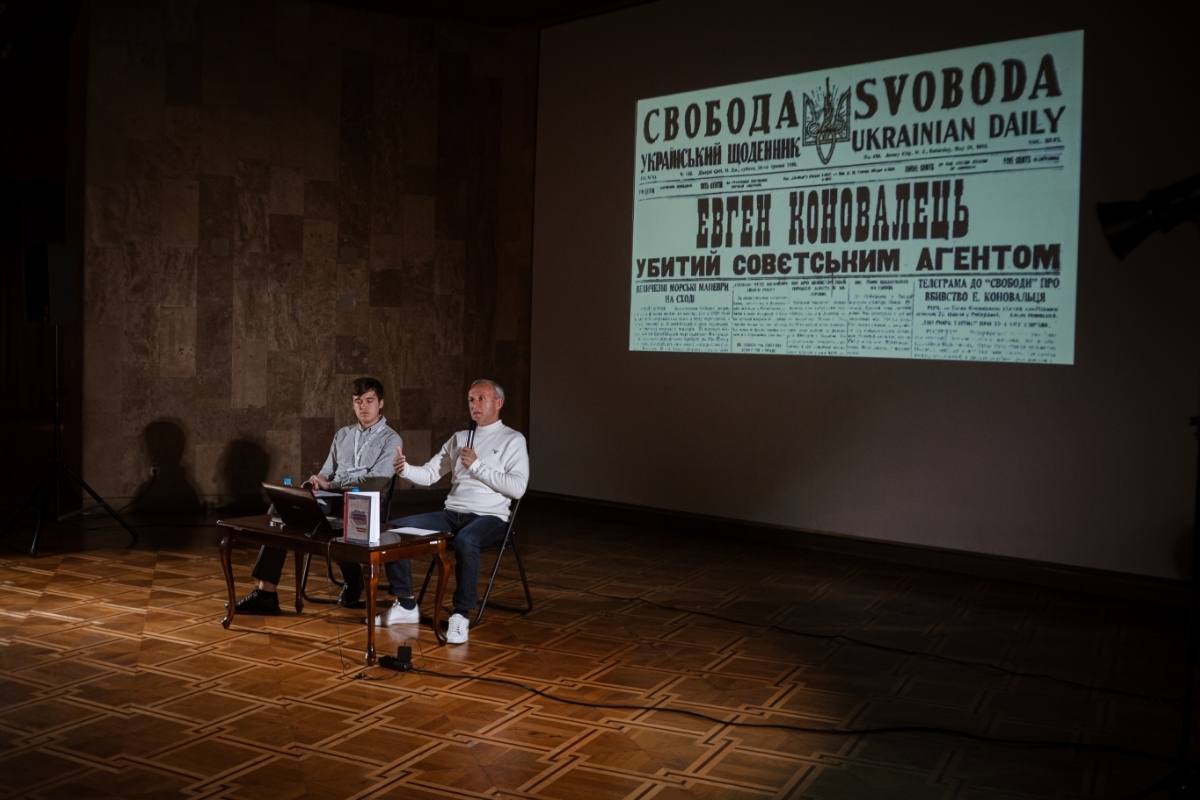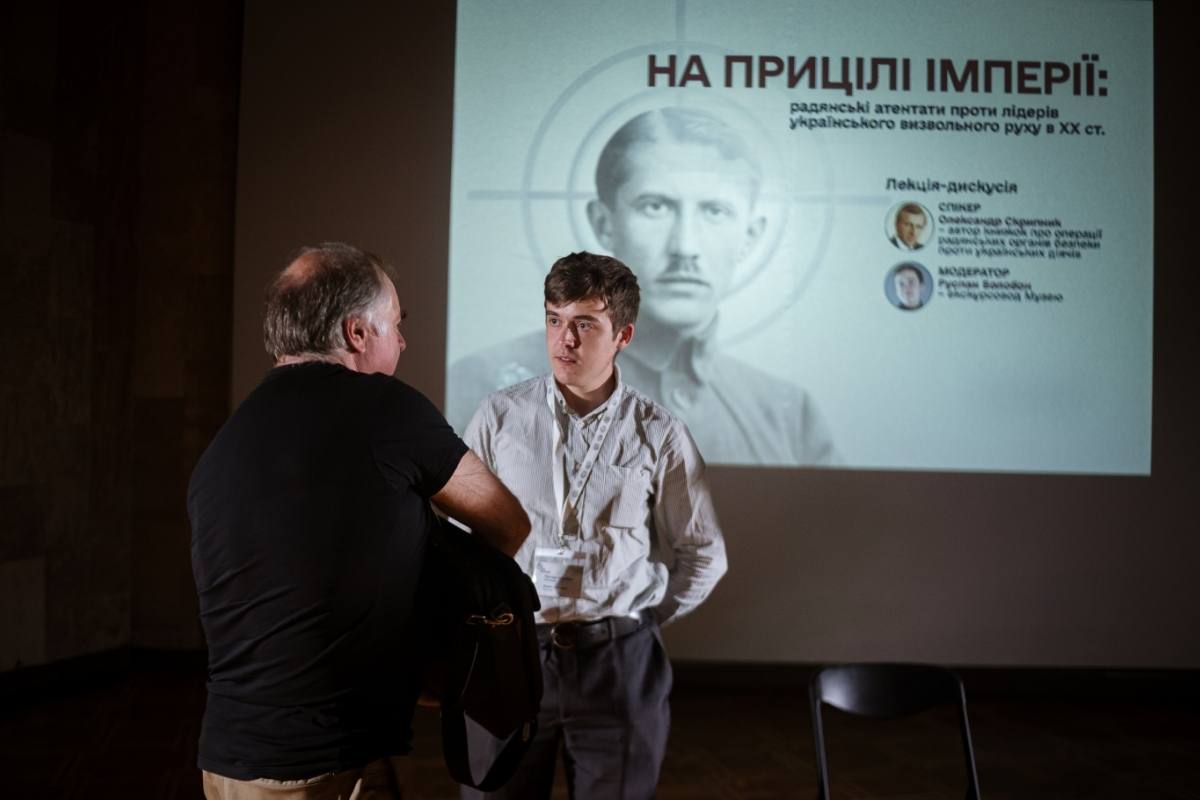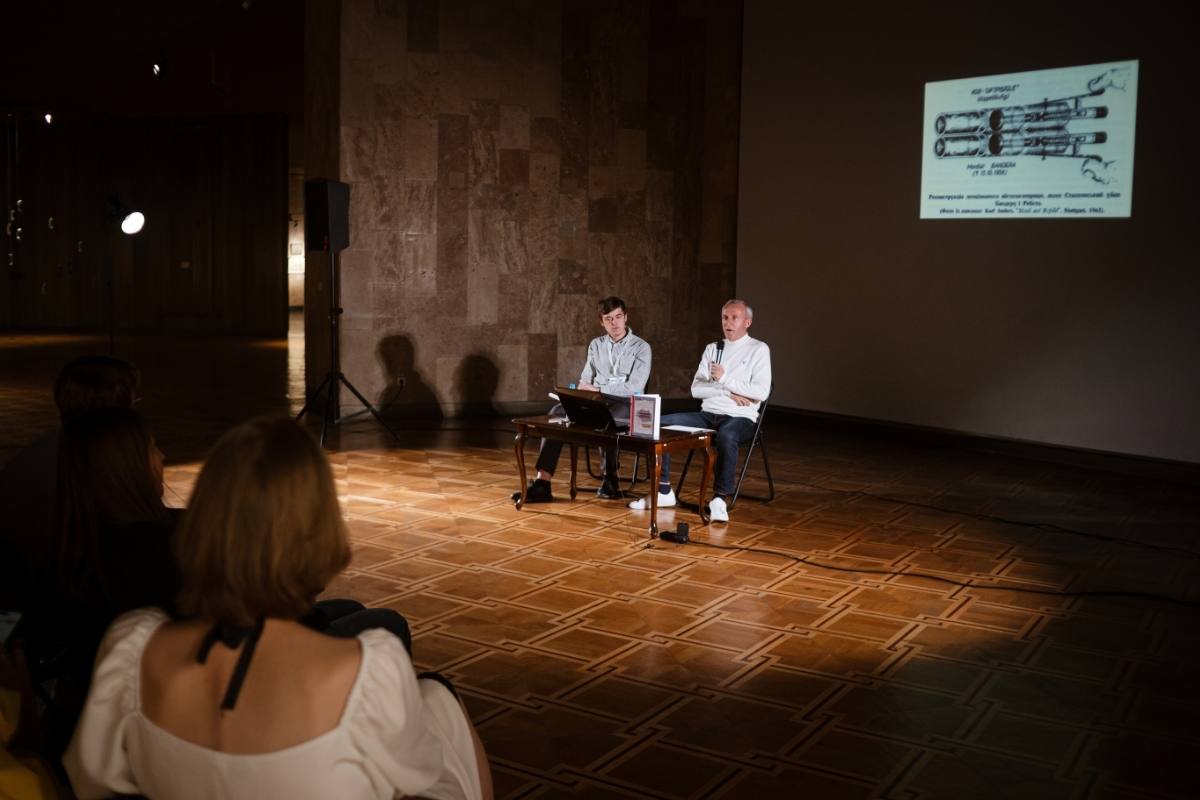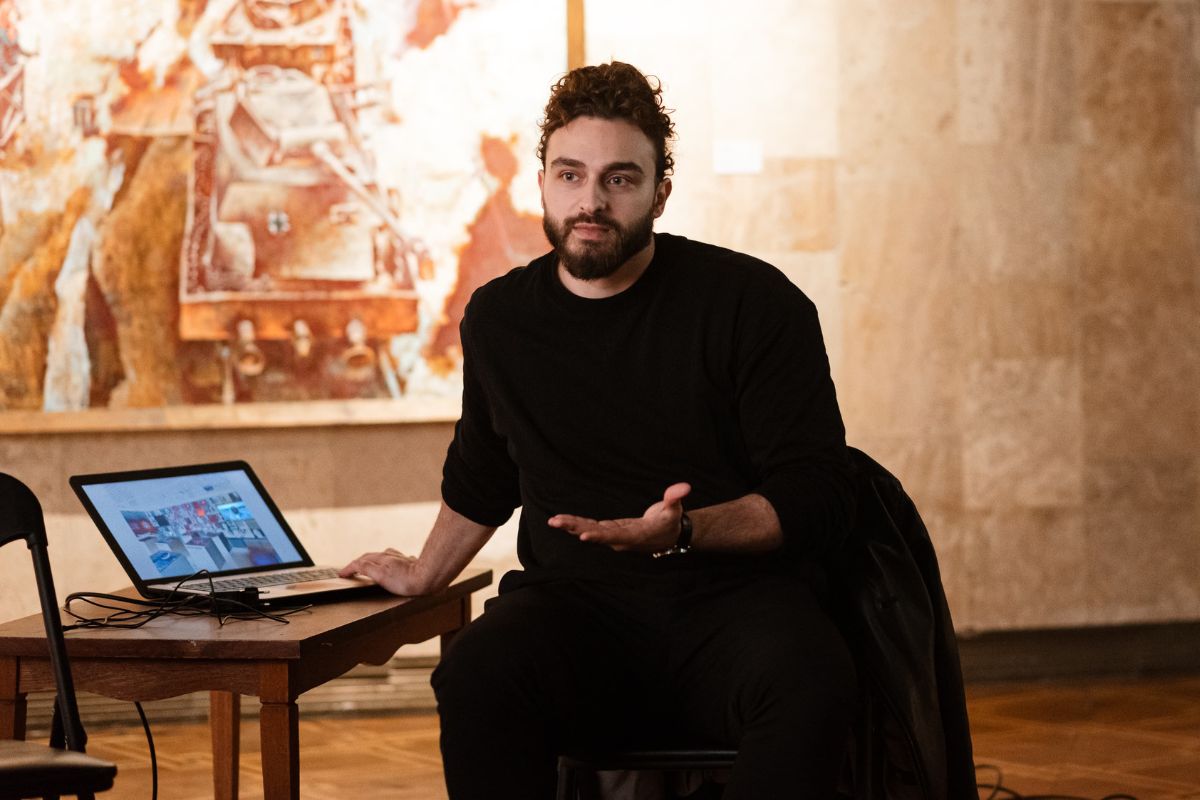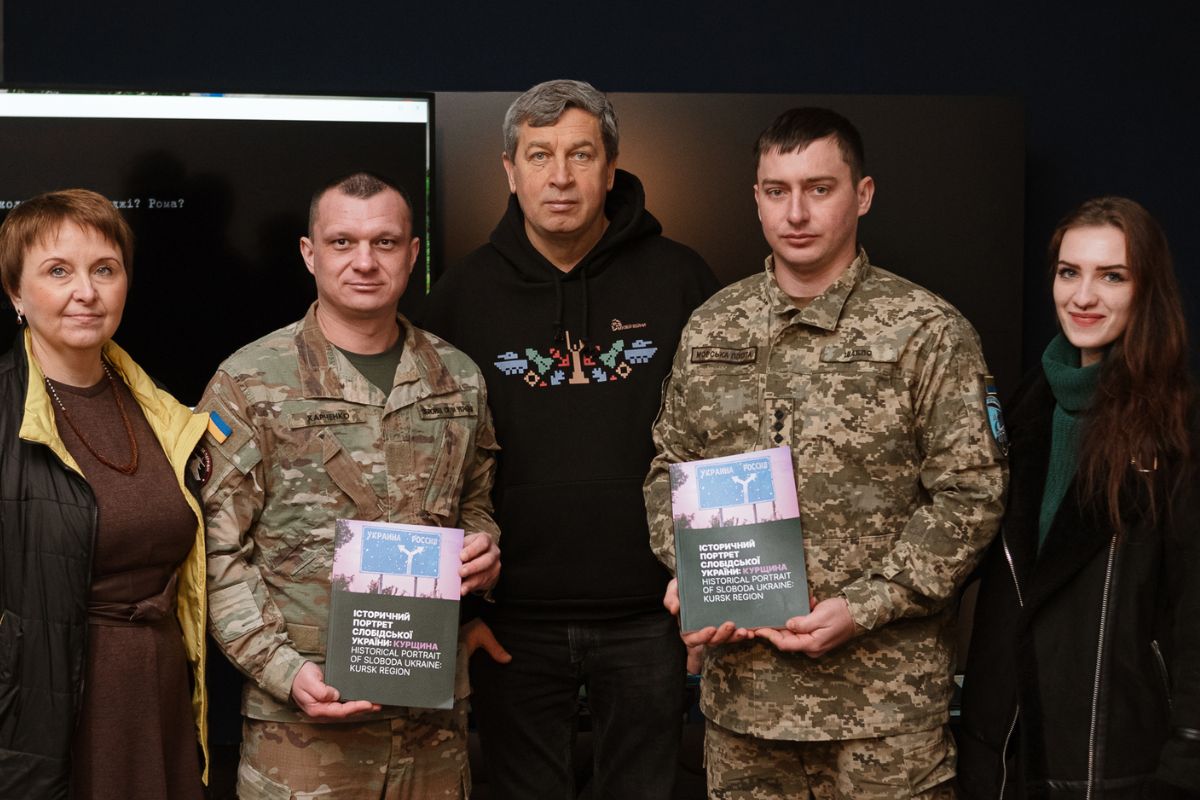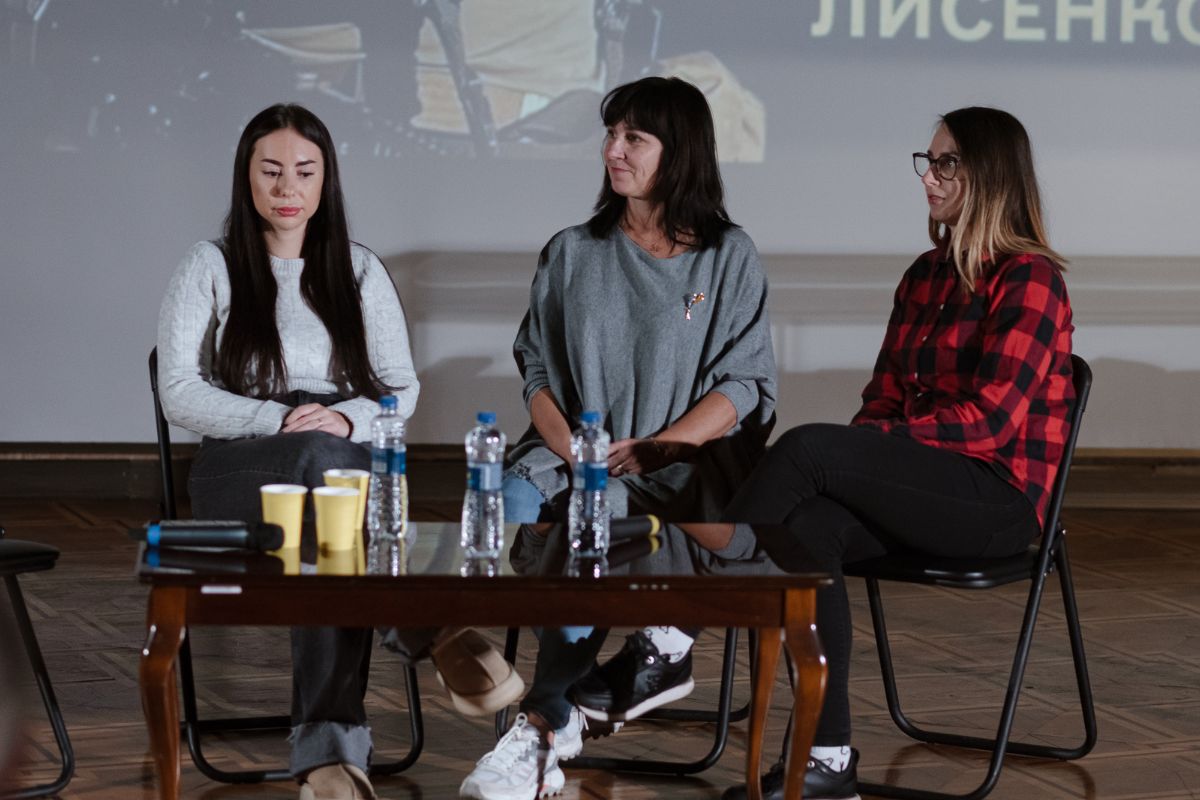Modern russia actively uses the methods of terror. In addition to crimes against the civilian population of Ukraine, the aggressor state seeks to kill those who resist the policies of the Kremlin regime. But this tactic is not new.
In the twentieth century, the Soviet totalitarian system systematically killed those who challenged the empire. Symon Petliura, Yevhen Konovalets, Stepan Bandera, Lev Rebet – these names are inscribed not only in the history of the Ukrainian liberation movement, but also in the bloody “account” of the Soviet special services.
The lecture-discussion “In the Crosshairs of Empire” held at the War Museum was dedicated to these moscow practices. Researcher of Soviet special services, journalist Oleksandr Skrypnyk, based on declassified materials from the Foreign Intelligence Archive of Ukraine, spoke about the mechanisms of planning and implementation of political assassinations, agent activities, development of “subjects”, and the regime’s technical arsenal.
“The attentat as a political assassination is not a new phenomenon in history”, the historian noted, “After all, the death of Gaius Julius Caesar is also a classic attentat”.
The speaker focused on little-known but revealing stories. In particular, the participants learned about the tragic fate of the Ukrainian diplomat Fedir Borzhynskyi, the first ambassador of the Ukrainian state in the Kuban, an orientalist who spoke several languages and even received a Mongolian noble title. For his pro-Ukrainian activities, he was executed by the Denikins in 1919.
The moderator of the event, a guide at the War Museum, Ruslan Bolobon, noted that the goal of the Soviet secret services was not always to physically destroy the enemy – sometimes it was an attempt to break or lure them to their side. One such example was the former general of the UPR Army, Yurko Tiutiunnyk, who was recruited in the 1920s. After a demonstrative “repentance”, he began to cooperate with the Soviet authorities.
Mr. Oleksandr paid special attention to the Kremlin’s successful special operations: the murder of Yevhen Konovalets in Rotterdam by agent Sudoplatov using explosives in a box of chocolates and the elimination of Stepan Bandera in Munich by agent Stashynsky, who had previously killed Lev Rebet. The archives contain documents from the groups that had been following Bandera since 1945, as well as drawings of the devices used to carry out the assassinations. The materials are still found in the archives of different countries, and some of them are still classified as secret.
Today, researchers have the opportunity not only to rethink the past but also to better understand the enemy, who remains unchanged in many aspects. These examples of mechanisms of influence are still relevant today. The Museum’s task is to preserve historical memory even in the darkest of times, so that the truth is never lost in this darkness.
